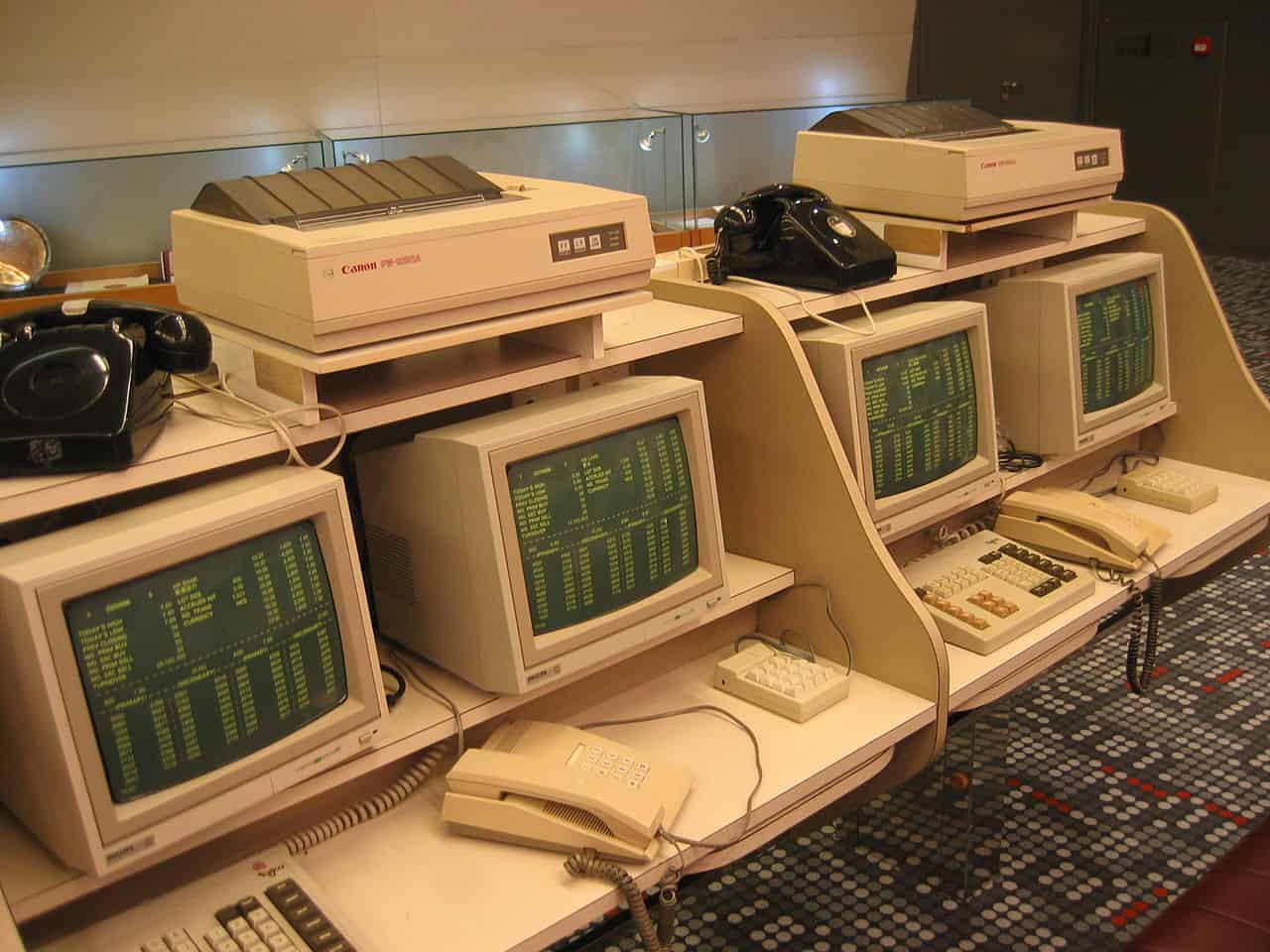Did people use the internet in 1986?
As a former network engineer, there is a fair amount of time spent learning about the history of the equipment you use. Many of the technological developments of the 1980s are still alive and well in 2024. That said, the internet was in a gestational period of sorts in the latter half of the 1980s. So, join a former network professional and learn all about how much better you have it today.
There Was Internet in 1986?

The Internet in 1986 was alive and well. It doesn’t resemble the multimedia behemoth of today, but connecting to other computers was feasible. Common protocols like TCP/IP, the backbone of modern networking, were around and fully utilized.
Further, the humble ethernet cable finds its origins in this timeframe. There was a concentrated push toward standardization of equipment across the board back then. Having a dozen proprietary means of connecting to the internet doesn’t bode well for most would-be online users.
The Tools of the Trade
As with any computer you use today, you’d need a few basic elements to get on the internet in 1986. A network-capable computer is the first and most vital part of your setup. However, you’ll need a modem. Now, network speeds back in the day were abysmally slow, at least when compared to your bog standard fiber connection.
Speed for the era was measured in baud or bits per second. Common network modems would operate at 1200 baud. 1986 saw the introduction of the 2400 baud modem, so you’d have double the speed. Prices were exorbitant, at least compared to contemporary computing devices.
You do have to remember, computing in the 1980s was a niche commodity. As such, prices were well out of range for your average consumer. There’s a very good reason Ferris Bueller was given the choice between a car and a computer.
What Was Even on the Internet?
Well, you weren’t likely to stream videos or scroll social media feeds. The internet in 1986 was far more boring as a whole. Predominantly you’d see newsgroups, a precursor to things like message boards. You can think of it as Reddit’s great-grandad if you need a point of comparison.
Some websites were around, but they served as informational hubs rather than a means of shopping, interacting, or just passing the time. The simple fact is, if you were a computer user, you were an enthusiast.
What About Online Gaming?
If you’re imagining a timeline where you’re playing networked games with friends across the country, the tech isn’t quite there yet. Online gaming did exist, in a sense. Games like MUDs, or multi-user dungeons, offered a very basic means of playing online.
That said, these weren’t much to look at. The first graphical online game would come in the form of Neverwinter in 1991. You’re still five years out if you’re looking to game with friends on something that doesn’t look like a command line.
Putting It in Context
The internet in 1986 was nothing short of a miracle of sorts. Networking in computers has been around since the 1970s, but having it extend beyond campuses to other places across the country was unheard of.
1986 saw a huge shift from the many different network brands to a universal one. Many tech historians will cite ARPANET, but there were several others like JVNCNET, NYSERNET, and SURANET to name a few.
Further, in 1986 only around 2,000 people across the entire United States connected online. 1987 would see this number grow exponentially, to 30,000, but it is still a far cry from the tech explosion of the 1990s.
Wrapping It Up
I’m an avowed fan of computer networks, they’ve been a personal passion for well over a decade now. Much of the technical documentation I learned while obtaining my degree and technical certifications was positively ancient.
I’m just glad I don’t have to deal with dial tones and low-tech modems these days.
The image featured at the top of this post is ©WiNG / CC BY-SA 3.0.
